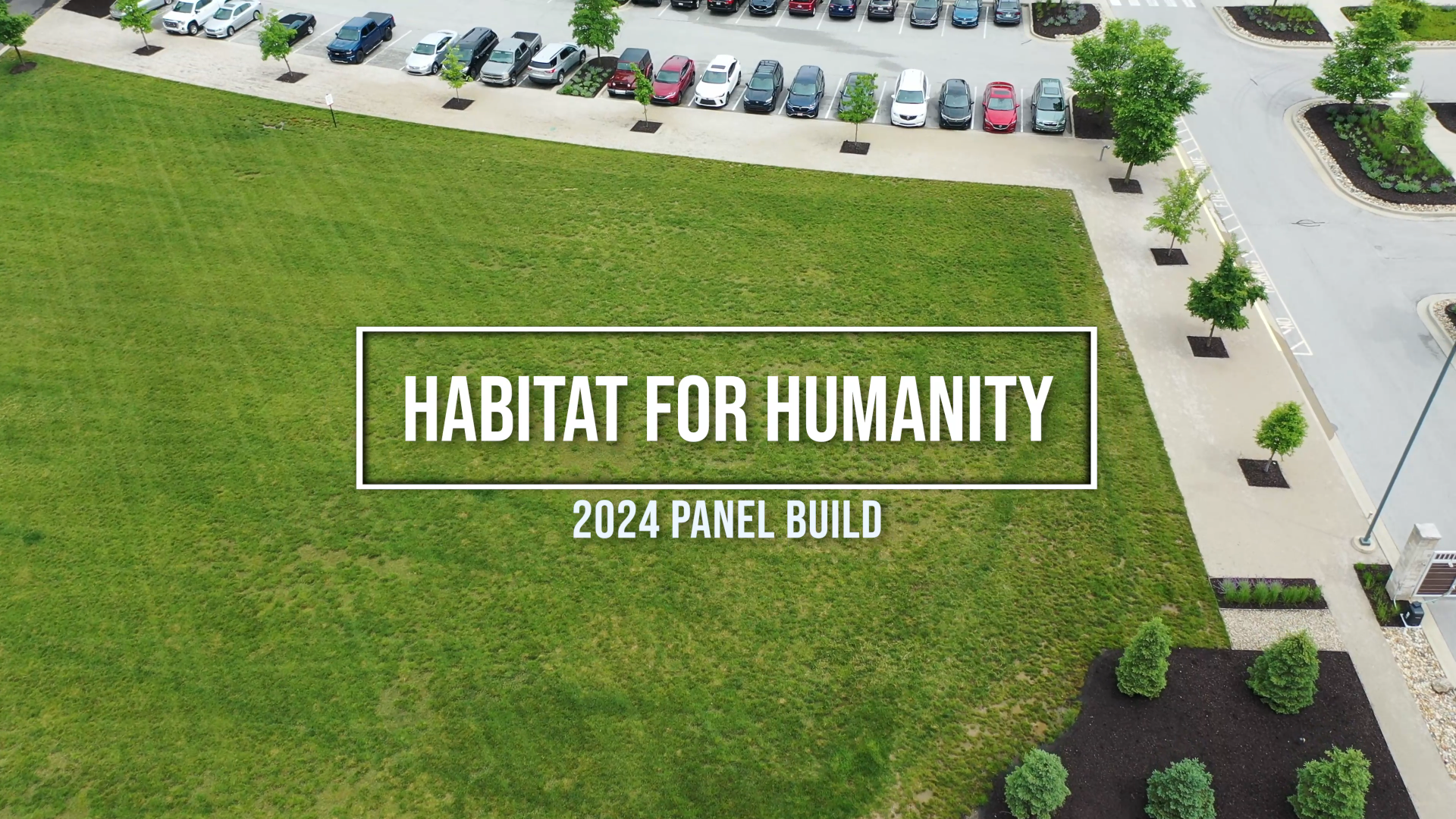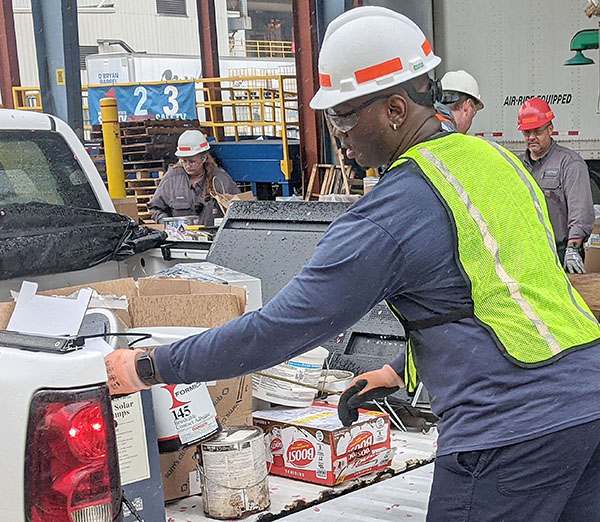
If you remember, last week we gave a brief introduction to Closed Container Guidelines. These guidelines were created in order to address continued confusion in the hazardous waste generator community concerning what constitutes a container as closed. According to the EPA, “the existing federal RCRA Subtitle C container regulations do not define ‘closed container.’” Because of this many states have promulgated their own regulations. That being said, while this post will help you with the federal suggestions it is imperative that you check with your state government concerning any regulations.
The individual state guidance combined with feedback from the Office of Enforcement and Compliance Assistance (OECA), EPA regions, and comments from the 2004 Advanced Notice of Proposed Rulemaking (ANPRM) were used to create these guidelines.
These guidelines in combination with any state regulations aim to address the goal set forth in the original 1980 preamble, to prevent spills and minimize emissions from volatile wastes. The guidance focuses on two separate parts; containers of waste in central accumulation areas (CAAs) and containers of waste in satellite accumulation areas (SAAs). Today we will be covering the regulations for containers in CAA’s.
Once a hazardous waste has been generated from plant processes (including the accumulated hazardous waste from SAA’s) they are sent to the CAA. According to the EPA, “a CAA is a location where hazardous waste containers are kept according to the generator accumulation requirements at 40 CFR 262.34(a) and 40 CFR 262.34(d) without a facility having to obtain a RCRA storage permit or having interim status.” CAAs are located either outdoors within a facility boundary or inside but away from production operations. Regulations require that containers in CAA’s must be closed unless waste is being added to or removed from them. Additionally, they must be stored and handled in a way that ensures they will not rupture or leak.
The EPA points out that containers storing wastes that are subject to Subpart CC regulations are significantly more detailed due to concerns about volatile organic compounds (VOCs) and their potential release into the atmosphere. For standard 55 gallon drums, however, the EPA suggests the following: “a container [should] be properly secured with snap rings tightly bolted, bungholes capped, and, where appropriate, pressure-vacuum relief valves to maintain the containers internal pressure and avoid explosions.”
While these are only federal guidelines and not explicit rules it is still best to practice them. Doing so can help you to ensure compliance and avoid a spill situation. Keep checking the blog for further information on closed containers in SAAs, spill prevention, and more.
Quoted and cited information (unless otherwise noted) for this blog post was gathered from the EPA Memorandum on Closed Containers. As always, this blog post is not intended to be comprehensive and it is always best to check with the EPA and local government for full, up-to-date, rules and regulations.
More News From Heritage
-
6/27/24
Heritage Environmental Services to Acquire EBV from General Dynamics
Heritage Environmental Servicess, an EQT Infrastructure portfolio company, will acquire EBV from General Dynamics
-
6/13/24
Meet The Facilities – East Liverpool
An inside look at our incineration facility located in East Liverpool, OH
-
5/24/24
Habitat for Humanity 2024
Heritage hosted our 14th annual Habitat for Humanity build this month, partnering with over 50 employees from various THG companies.
-
5/6/24
Date set for the household hazardous waste collection in East Liverpool, Ohio
-
3/12/24
Equal Pay Day – Spotlighting Our Female Drivers
-
3/8/24
International Women’s Week Spotlight – Shannon Dippel
For International Women's Week, we're spotlighting some of the incredible women in the Heritage family. Our final spotlight is Shannon Dippel.
-
3/8/24
International Women’s Week Spotlight – Susan Adams
For International Women's Week, we're spotlighting some of the incredible women in the Heritage family. Our sixth spotlight is Susan Adams.
-
3/7/24
International Women’s Week Spotlight – Lea Wilson
For International Women's Week, we're spotlighting some of the incredible women in the Heritage family. Our fifth spotlight is Lea Wilson








